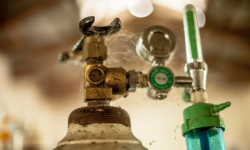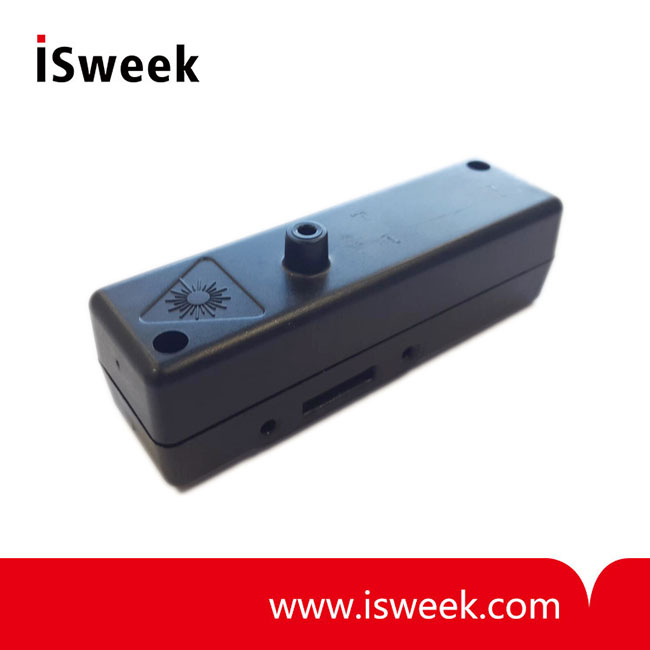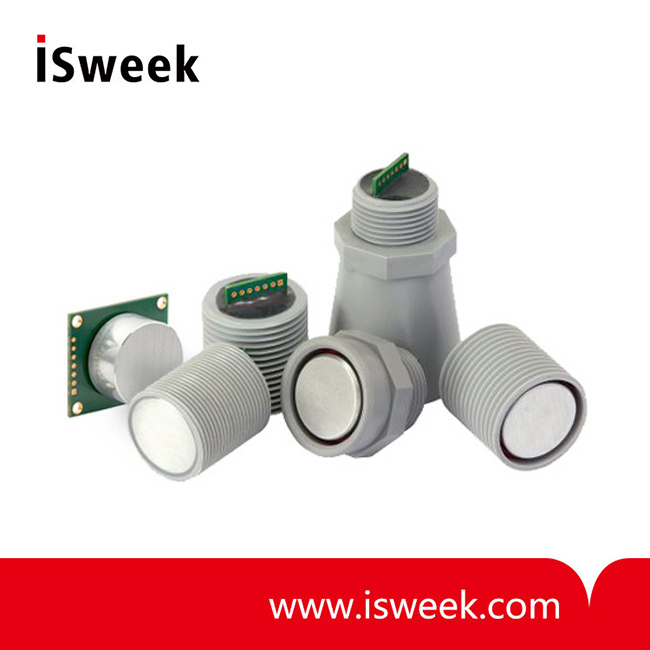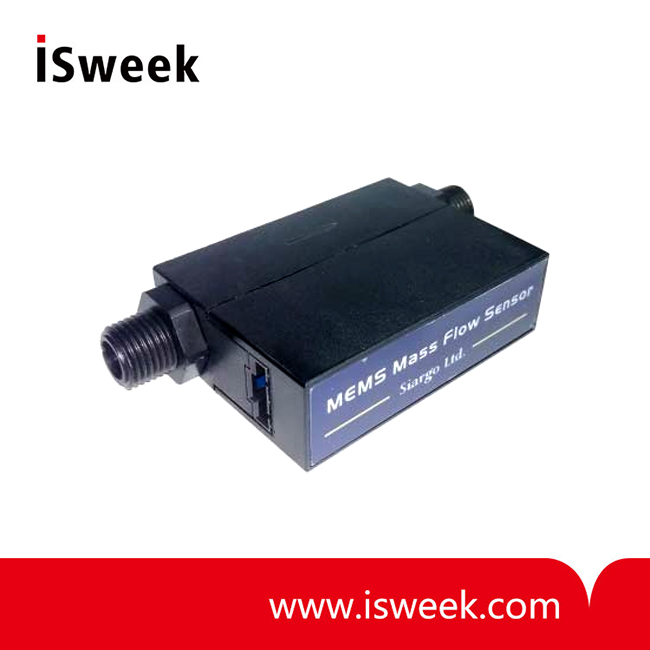Month: April 2025
Anaerobic Chambers: Oxygen Control for Microbial Research & Industry
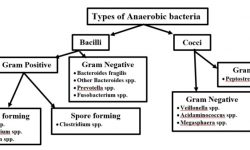
Why Oxygen Control Matters in Anaerobic Environments Anaerobic microorganisms—organisms that thrive without oxygen—are among Earth’s oldest life forms, evolving billions of years before photosynthetic organisms oxygenated the atmosphere. Today, they play pivotal roles in: Biotechnology: Producing antibiotics (e.g., clindamycin) and biofuels. Biogas Production: Converting organic waste into renewable energy through…
How UV-C Sensors Work?
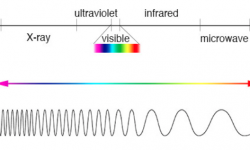
Ultraviolet-C (UV-C) light, spanning 200–280 nanometers (nm), is a powerful disinfectant used to neutralize bacteria, viruses, and pathogens. Unlike UV-A and UV-B, UV-C is almost entirely absorbed by Earth’s atmosphere, making artificial UV-C sources critical for sterilization in healthcare, water treatment, and air purification. However, monitoring UV-C intensity is essential—underdosing…
Anaerobic Chambers: Oxygen Control for Microbial Research & Industry

Why Oxygen Control Matters in Anaerobic Environments Anaerobic microorganisms—organisms that thrive without oxygen—are among Earth’s oldest life forms, evolving billions of years before photosynthetic organisms oxygenated the atmosphere. Today, they play pivotal roles in: Biotechnology: Producing antibiotics (e.g., clindamycin) and biofuels. Biogas Production: Converting organic waste into renewable energy through…
How UV-C Sensors Work?

Ultraviolet-C (UV-C) light, spanning 200–280 nanometers (nm), is a powerful disinfectant used to neutralize bacteria, viruses, and pathogens. Unlike UV-A and UV-B, UV-C is almost entirely absorbed by Earth’s atmosphere, making artificial UV-C sources critical for sterilization in healthcare, water treatment, and air purification. However, monitoring UV-C intensity is essential—underdosing…



